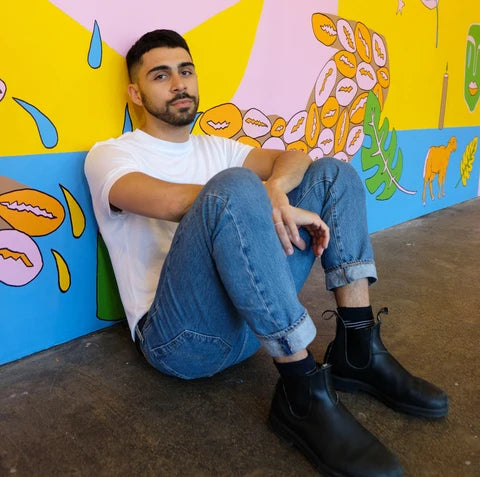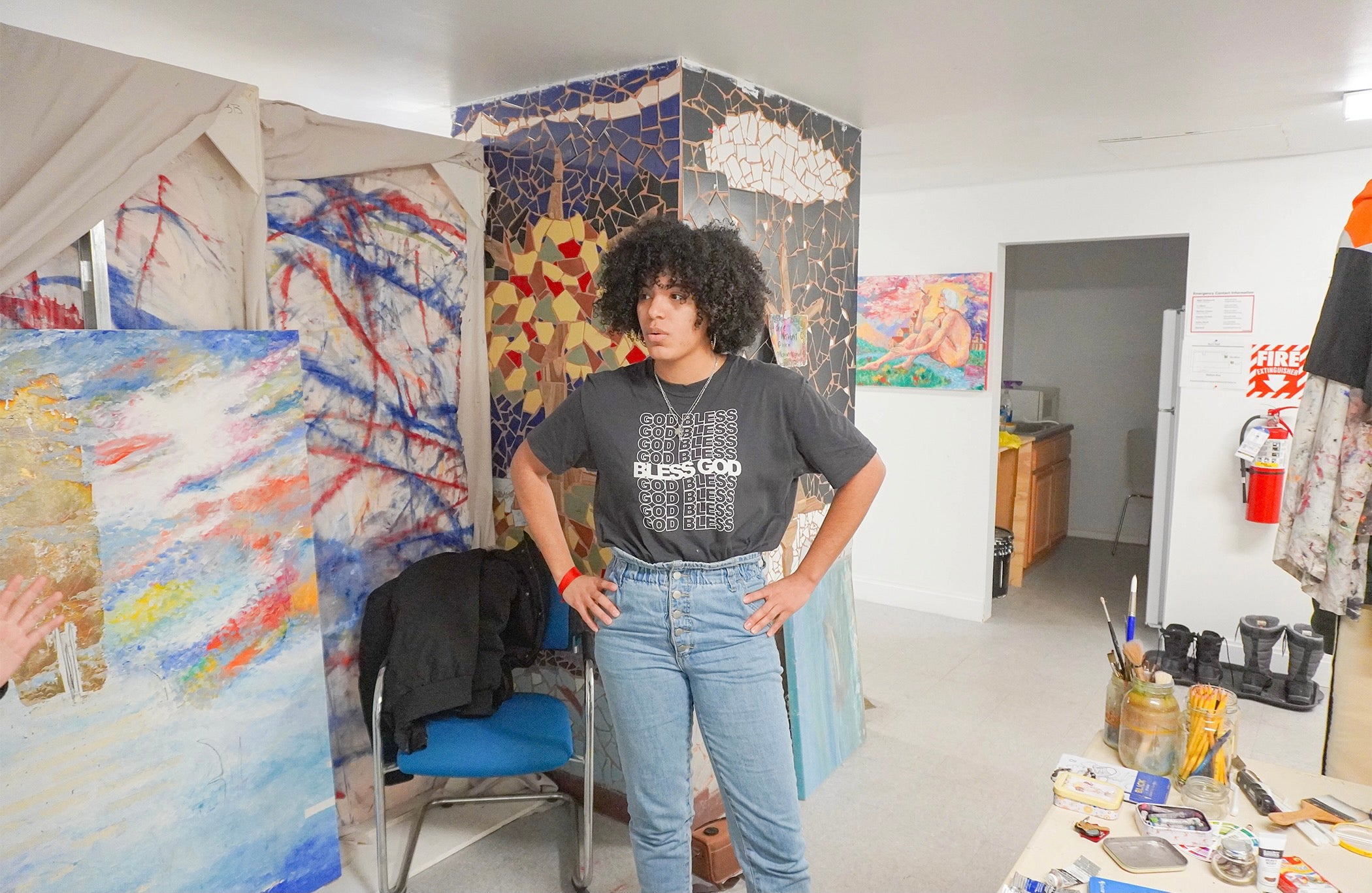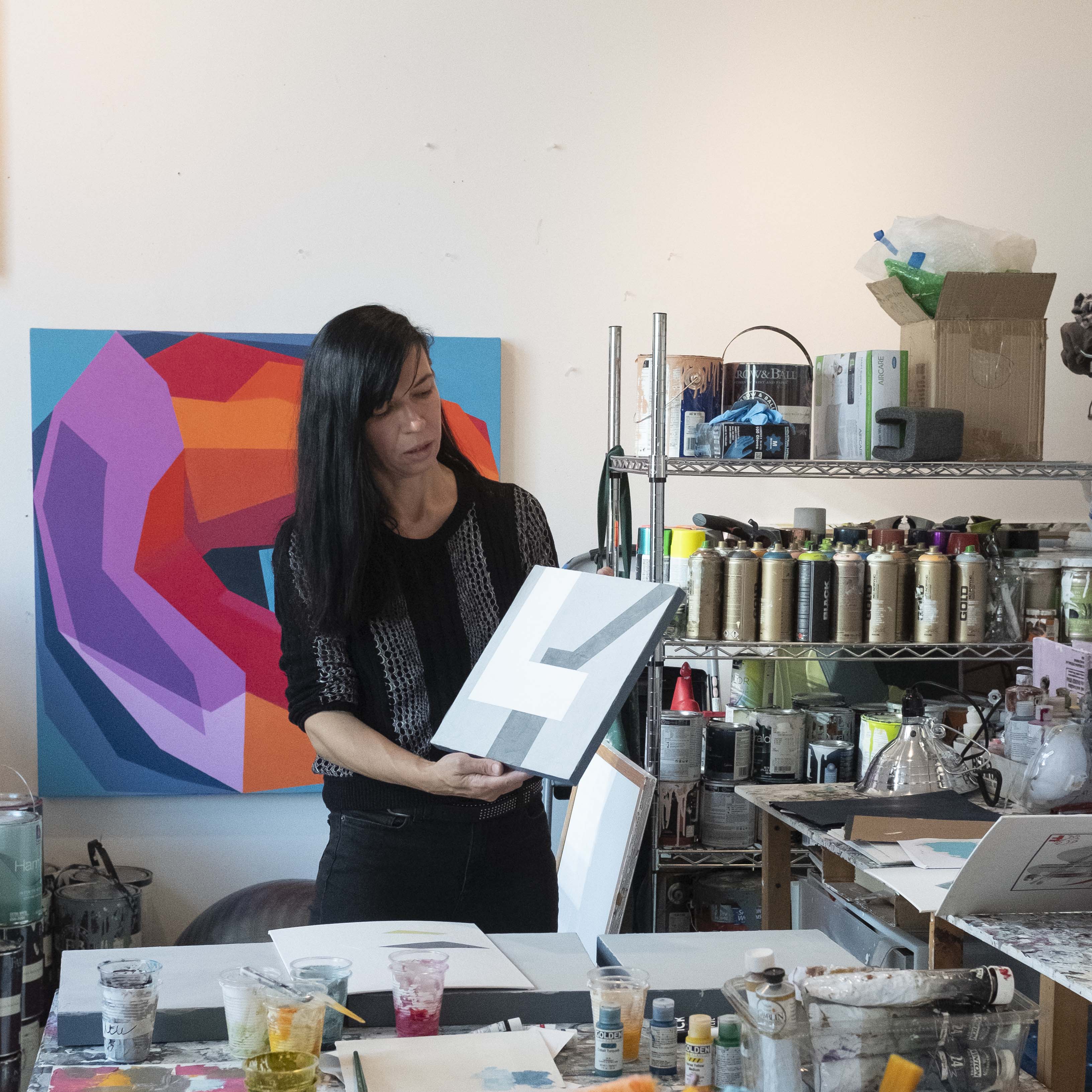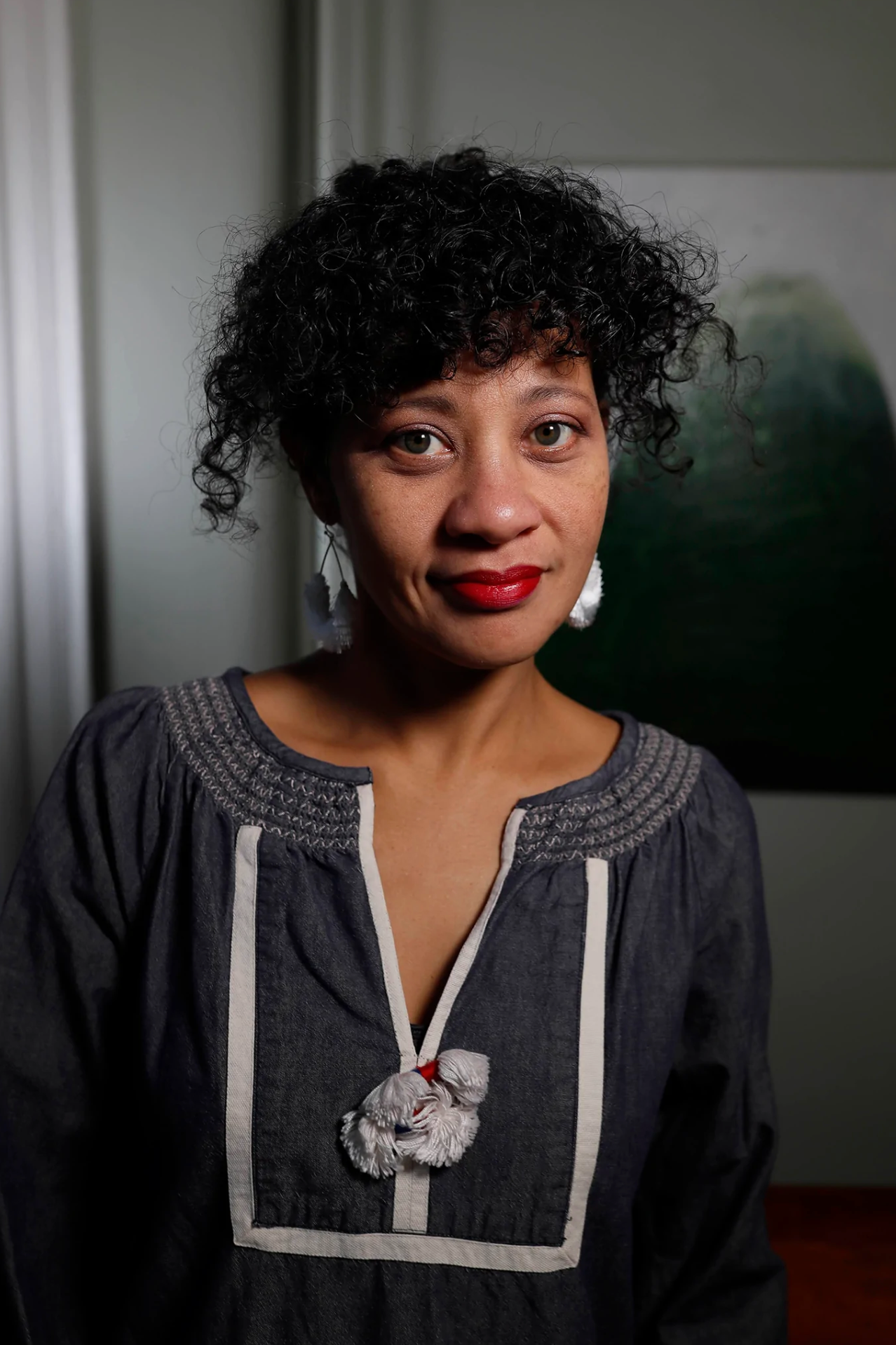No Products in the Cart
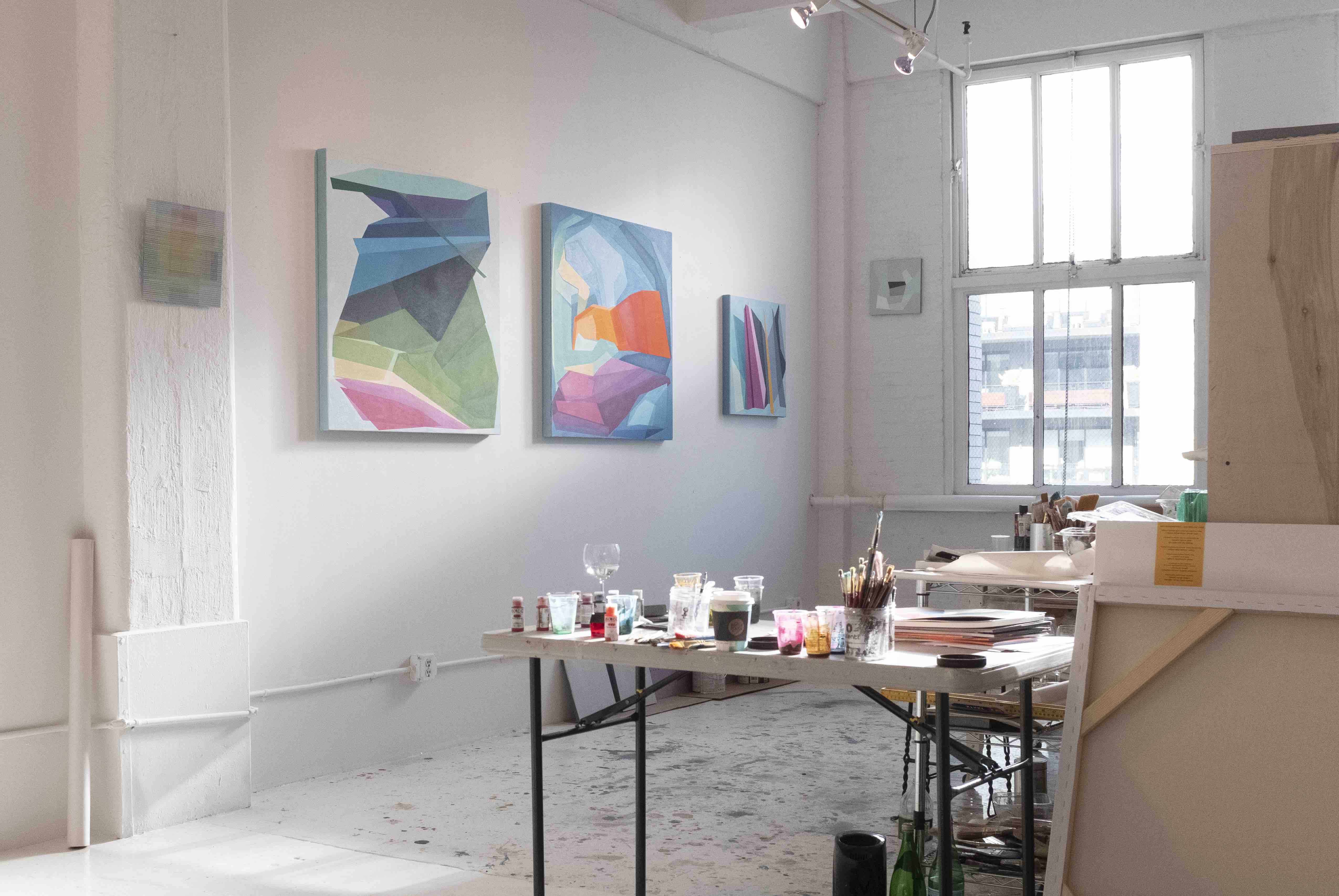
"ANYBODY CAN BE AN ARTIST"

(Above) Kati Vilim's studio next to the High Line.
In our new segment Fearless Questions, Curina answers everyday curiosities about art - proving that simplest questions may yet be the most profound.
People often say that “everyone in New York is an artist...or at least trying to be one”.
And when they say that, they’re usually referring to the colorful, creative personalities you find on every street corner - from actual galleries to critique circles, graffiti and that performer at 14th street station who plays the Chinese ehru (the stand-up violin thing). To see these people every day is truly inspiring, and makes even more creatives flock to this city, for sure.
But is creativity enough to become an artist?
What is really at stake when you try to acquire the material, space, and time to create works of art?
The Materials

(Above) Molly Herman's shelf of supplies.
It’s no joke how expensive art materials are.
Just oil paint and canvas are costly enough. Some artisanal brand paints produced in Holland can cost around $40 a tube, and brushes too, can be really steep if you look for ones made of natural hair instead of synthetic fiber. You might start out with the cheaper options as an amateur (and there’s nothing wrong with that), but as you start to specify what kind of painting you want to arrive at, you will start looking for very particular colors and textures that are sometimes only available from high-end brands.

(Above) Rachel Gisela Cohen uses her wall to keep the vibrant collection of fabrics.
Also, while canvas in itself may not feel expensive, consider that you will rarely end up satisfied with your paintings after a single try.
If you’re using plexi, plaster, fabric, or a multiplicity of different media, that comes not only at an additional cost but an extensive amount of research. Because then you need to start thinking about the structural issue of how your work will hold together.
The Space

(Above) Evan Ishmael's studio doubles as a woodshop.
Then there’s the problem of studio space.
Why do you need a separate space you ask? Why can’t artists just work from home?
Oftentimes apartments are not big enough to house all the materials, especially if you’re working at a larger scale. But more importantly, it may not be so healthy to share a space with your paintings all the time! Turpentine, used to mix oil paint, is infamously stinky and actually toxic for your skin and respiratory system. Imagine the smell of nail polish remover, like, all the time. Acrylic or gouache is better, but you still might not want to get paint all over your living space. Overall, you will realize very quickly that it’s impossible to NOT make a mess while painting.
So most people end up looking for a separate studio space - one they can afford along with paying rent for your living space. This is why at any point in time, artists will be working in areas that have just escaped industrial status. Most of Curina’s studio visits have been around Gowanus, Sunset Park, and Bushwick - I’ve walked past foundries, lines of Polish day laborers, junkyards, and canals, which, honestly, was one of the most fun parts.
Time...Lots of It.

(Above) Jessica Krause Smith's improvisational paintings are based on many detailed color experiments.
You may look at a fairly abstract, simple-looking painting and say: “That must’ve taken about an hour to paint”. In fact, it’s always much, much harder to arrive at that simple painting than to just look at and enjoy it. Kind of like how writers spend months illustrating graphic novels that we will finish reading in thirty minutes.
Even when they’re painting abstract, many artists go through the same rigorous training, whether it be at a school or by themselves. Because no matter abstract of figurative, flat or three dimensional, the basics of art are still there - learning how to mix color, control the viscosity (thickness) of paint, and just overall learning to control the movements of your hand holding the brush so that you can realize what’s in your head onto the canvas.

(Above) Jiiin Ahn shows us her sketchbooks full of motions studies.
Additionally, artists are often inspired by specific topics that require a lot of research and reading. For example, Jiin Ahn, a painter I met last winter, had been studying dancers for years. She showed me a sketchbook full of studies on dancers’ movements, each page a detailed sketch of different positions of the body.
The Community
So far things look pretty bleak, right?
It might be in part because we expect such a carefree, romanticized lifestyle for artists - and few of us know the actual material and economic demands of practicing art.
But there is one major upside to these roadblocks to becoming a practicing artist: the sense of community. What made New York a hub for artists is the strong bond between struggling creatives, sharing a studio building or loft as they bounce ideas among each other. The enormous size of this city appears less intimidating if you imagine it filled with artists experiencing the same troubles, and willing to help others in the same situation.



